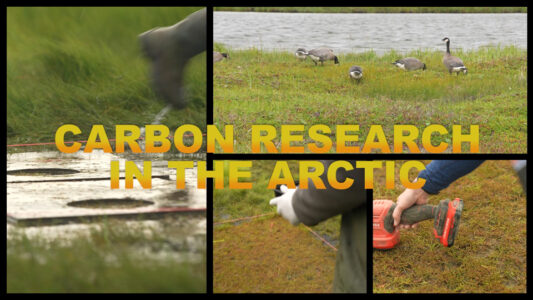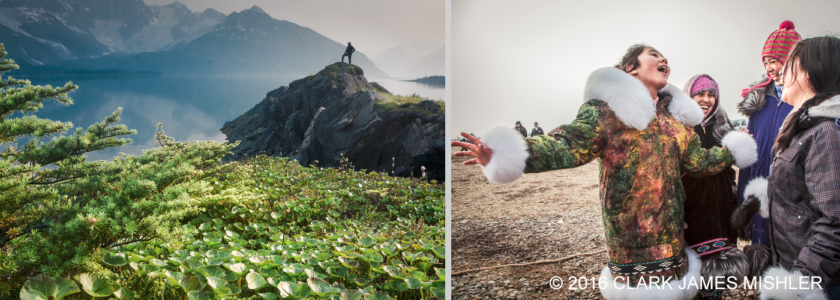Washington State climatologist, Nick Bond, cemented his legacy when he described the new persistent warm ocean water as the blob. The term, coined while Bond was participating in a weekly KUOW radio segment, has appeared in media organizations all over the nation, partly because it sounds cute, but also because of its climate implications.
“I didn’t plan it,” Bond said. “I’m not sure I regret it but I guess it’s going to be my legacy or something. I came up with a four-letter word for an ocean phenomenon.”
While Bond minted the term live on radio, he later published the term “blob” itself in the June 2014 report from the Office of the Washington State Climatologist.

“The Pacific Northwest experienced a period of seasonally quiet and dry weather from October 2013 into February 2014,” the report stated. “This period also featured anomalously weak cooling of the upper ocean off our coast for the time of year. The result was what will hereafter be referred to as the “blob”, a large mass of water that was ~3°C warmer than normal in February 2014 and is still prominent.”
The report also hypothesized that the blob may have been reinforced by El Niño, a weather pattern known for warm ocean water close to the equator of the Pacific Ocean.
What exactly is the blob?
The term describes an unusually warm spot of the Pacific Ocean and the Gulf of Alaska. “We do have at least some understanding of what caused the warm waters and it was very unusual weather at the time,” Bond said. “[There is] higher than normal pressure blocking the storms so less heat [is] being taken out of the ocean during the winter of 13-14 than usual.”
Since the seals, walrus, salmon and crab of the Pacific Ocean have adapted to live in a specific range of temperatures, the unusually warm water means these ocean dwellers are facing a different and in some ways, a more hostile environment. The warmth has coincided with the death of thousands of common Murres off of the coast of Whittier and the disappearance of a cohort of first year fish. At the same time, harmful algal blooms have manifested in Southeast Alaska. Bond said climate science is always developing, and he is not sure what is in store for the future of the blob.
“We don’t know exactly what’s going to happen,” Bond said. “We don’t know. It is for the most part– with some probable exceptions in the Bering Sea– has wound down by most standards. By 2016 it was kind of on its last legs, but there is still kind of some lingering heat there.”
What causes the blob?
“You want to cool off a bowl of soup, you blow on it,” Bond said. In many ways, the blob formed because the ocean did not get cooled by the winds as much as usual. The entire chain of causation is somewhat cyclical; the weather affects the water temperatures, which in turn, affects the weather. Usually, wind turbulence can blow around the ocean and cool down the temperatures, but Bond said the first year of the blob was also accompanied by a year with less wind. Once the ocean became much warmer than normal, it heated the air passing over it, leading to warmer than normal weather along the west coast of North America.
Bond said the blob can be viewed as anything from an anomalous phenomenon to monitor, to a clear sign of how climate change is impacting a usually constant ocean.
‘[I’ve learned] how we can learn from the blob and in particular… does this represent a dress rehearsal for climate change?” Bond said.
By Cheyenne Mathews, University of Alaska Anchorage














